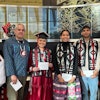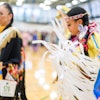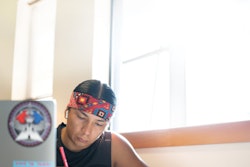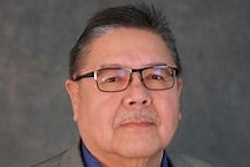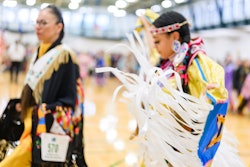PAWNEE, Okla.
Working full-time with a family to support, Cedric Sunray said he didn’t have much time to work on a college degree. Still, the desire was there, and Sunray, 31, said he rushed to be one of the 90 people enrolled in the Pawnee Nation College when it started classes last fall.
“I wouldn’t do it anywhere else,” Sunray said. “Tribal colleges offer classes that are historically not offered anywhere and tribal colleges depend on workforce students.”
Flexing sovereignty and economic clout spurred in some cases by Indian gambling, tribal colleges are growing around the country. Nationally, there were no tribal colleges before 1968. Today, there are more than three dozen in the U.S. and one in Canada. Oklahoma, which didn’t have a tribal college until 2002, now has four seeking accreditation and financing.
“It’s been a slow process, but we are happy to be where we are,” said Gerald Gipp, executive director of the American Indian Higher Education Consortium. “We’re going through a real learning process of operating our schools and reversing decades of neglect.”
Tribal colleges developed along with a growth in American Indians seeking higher education. American Indian enrollment in universities more than doubled during the past 25 years, according to the National Center for Education Statistics.
Simultaneously, enrollment in tribal colleges increased 62 percent in the past decade, according to the higher education consortium. Todd Fuller, president of Pawnee Nation College, said those numbers should continue to grow. He said he expected enrollment at his college to grow at least 40 percent this fall.
